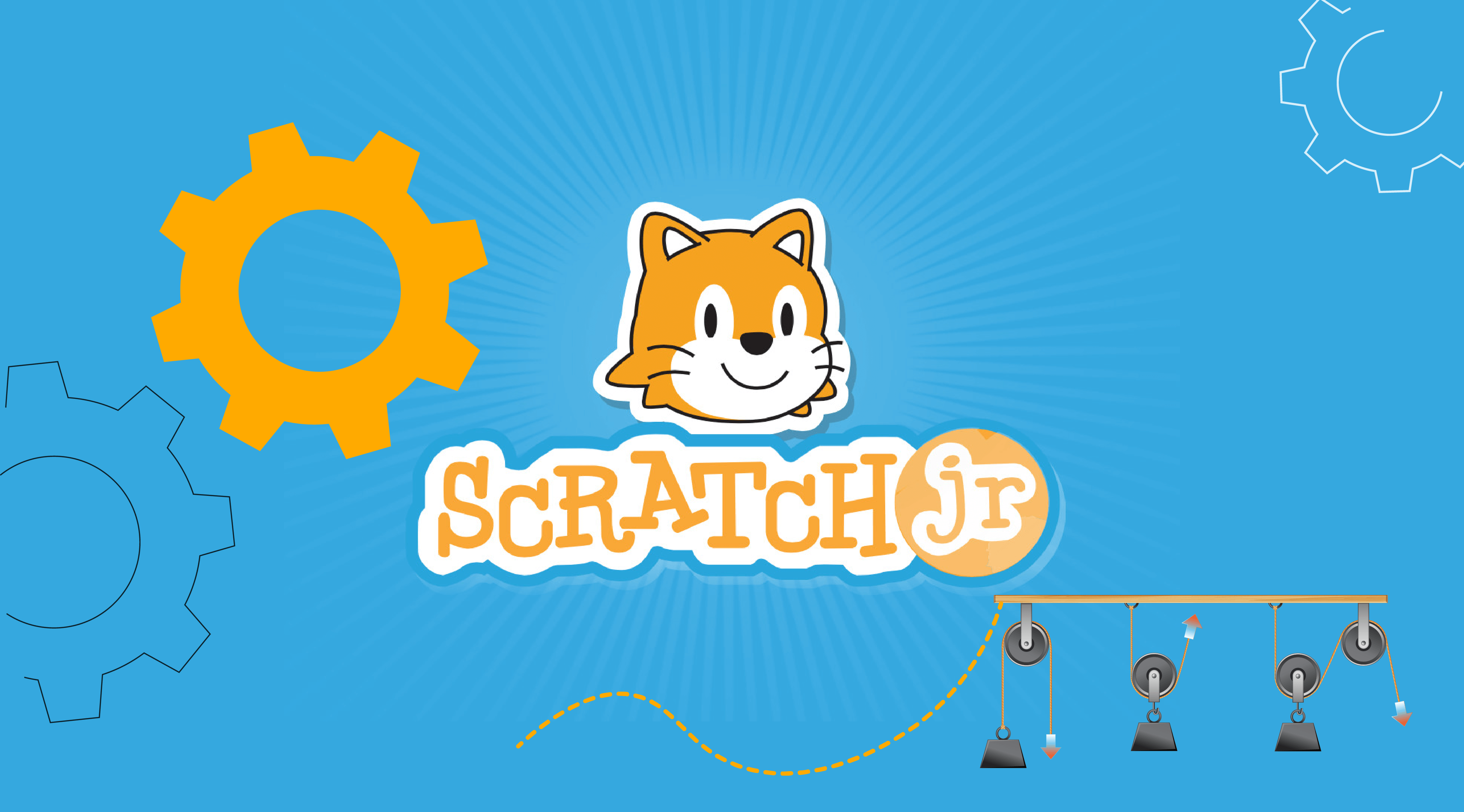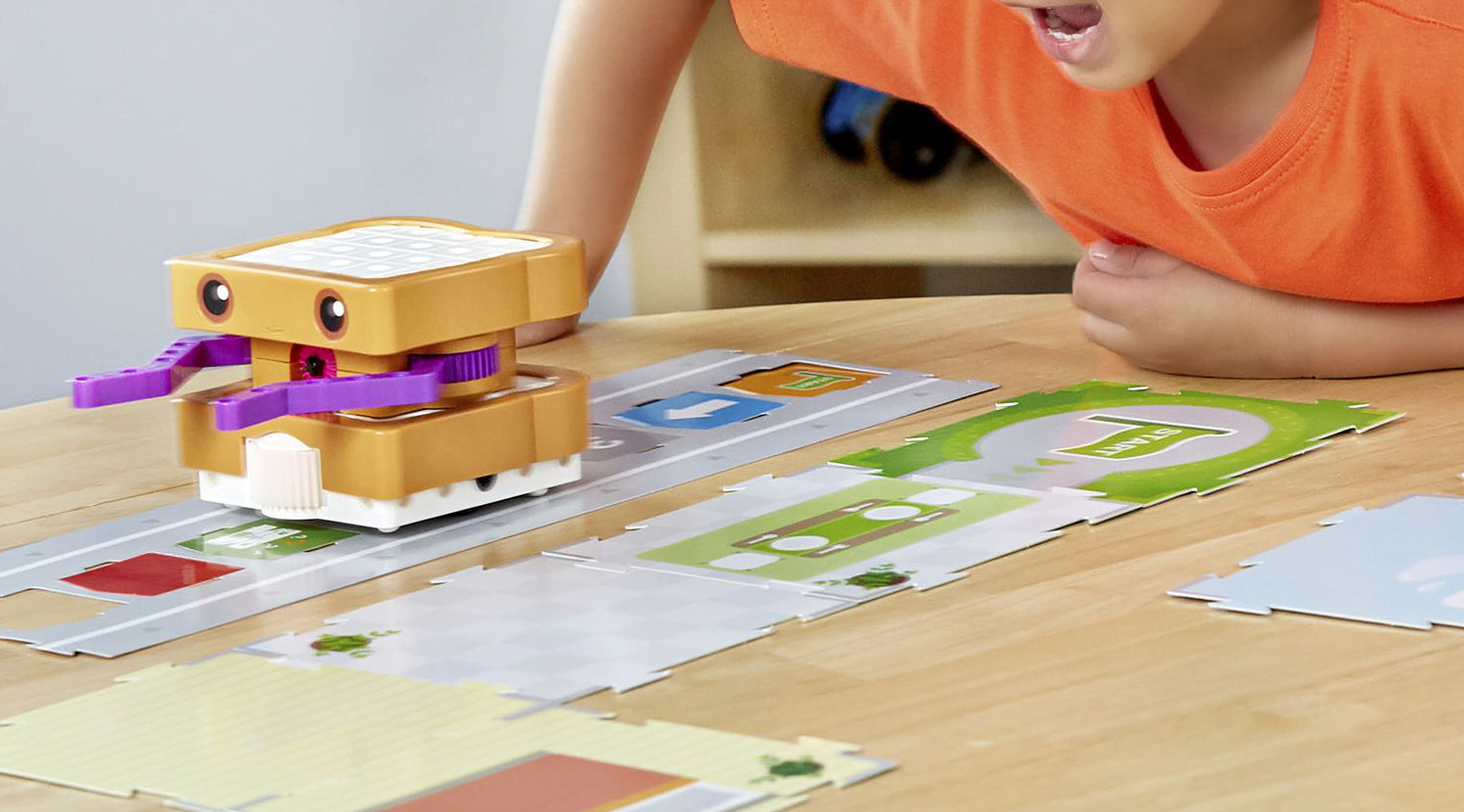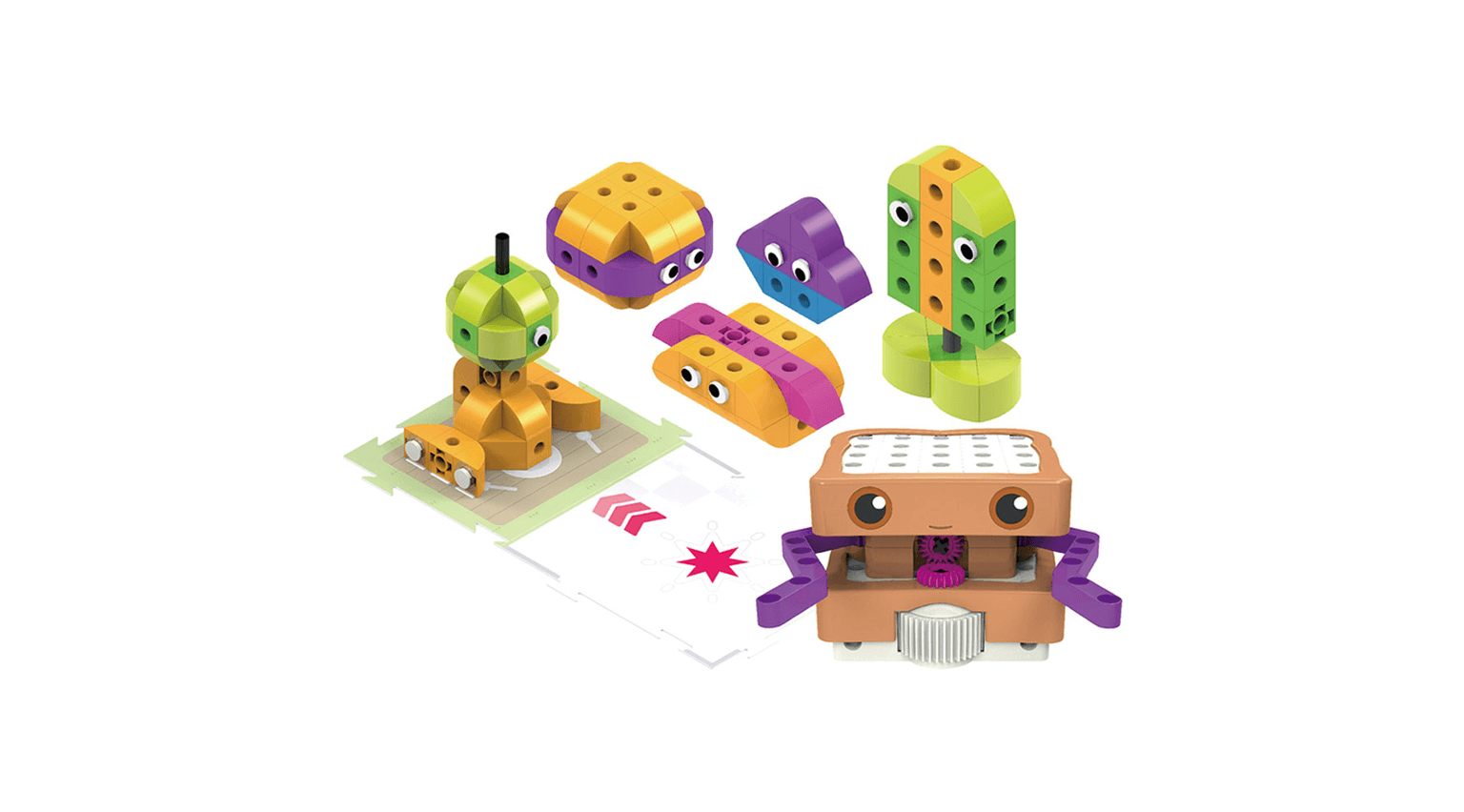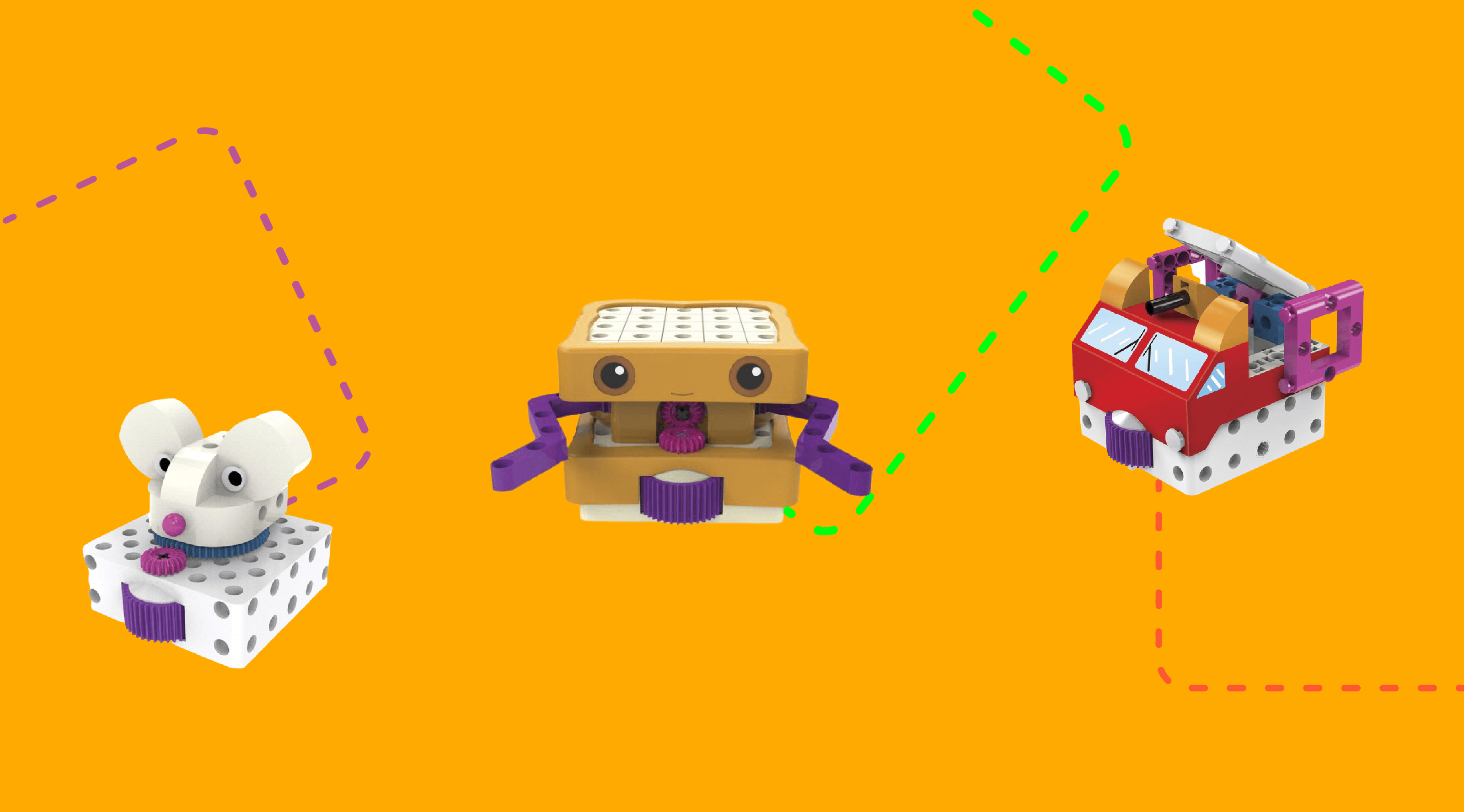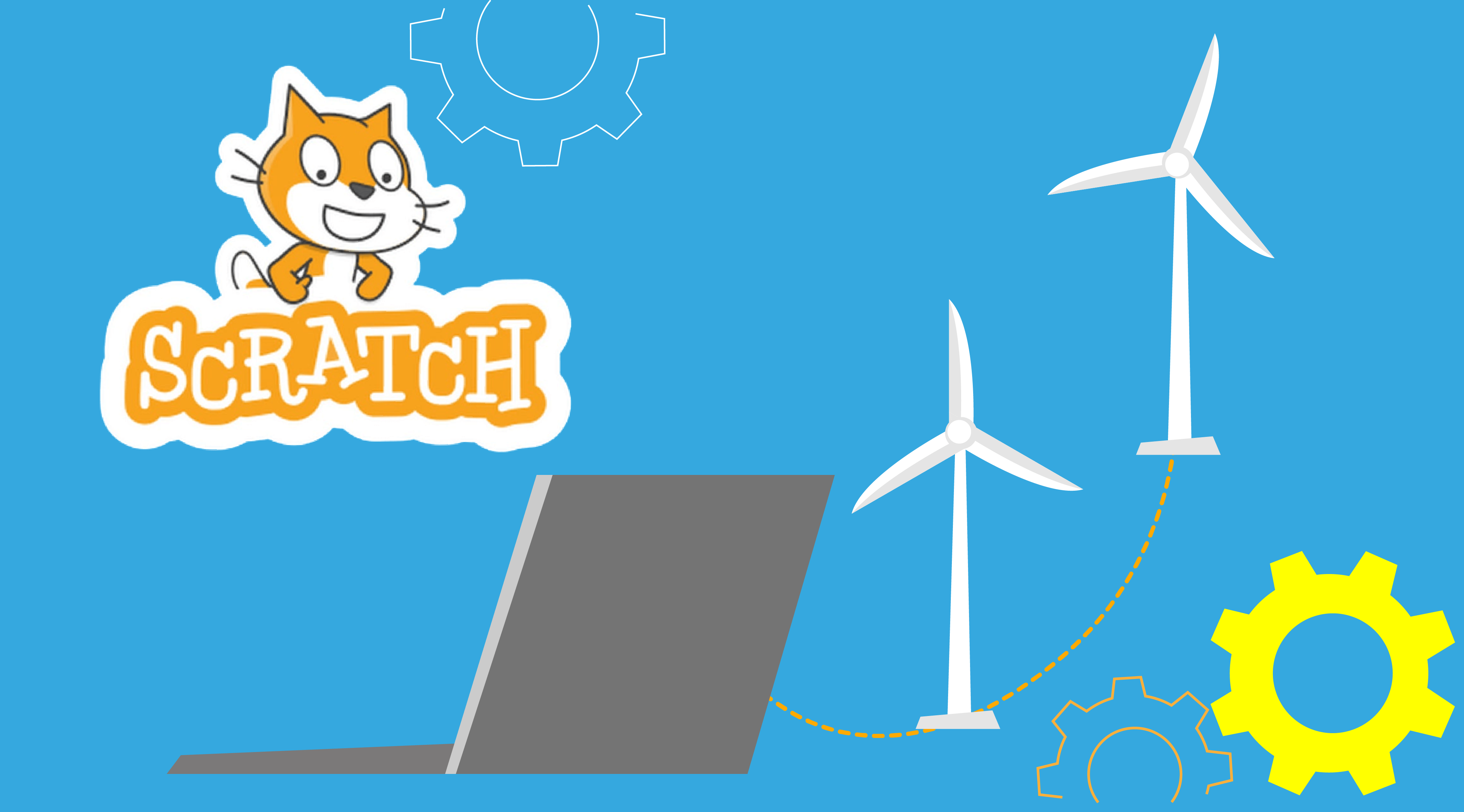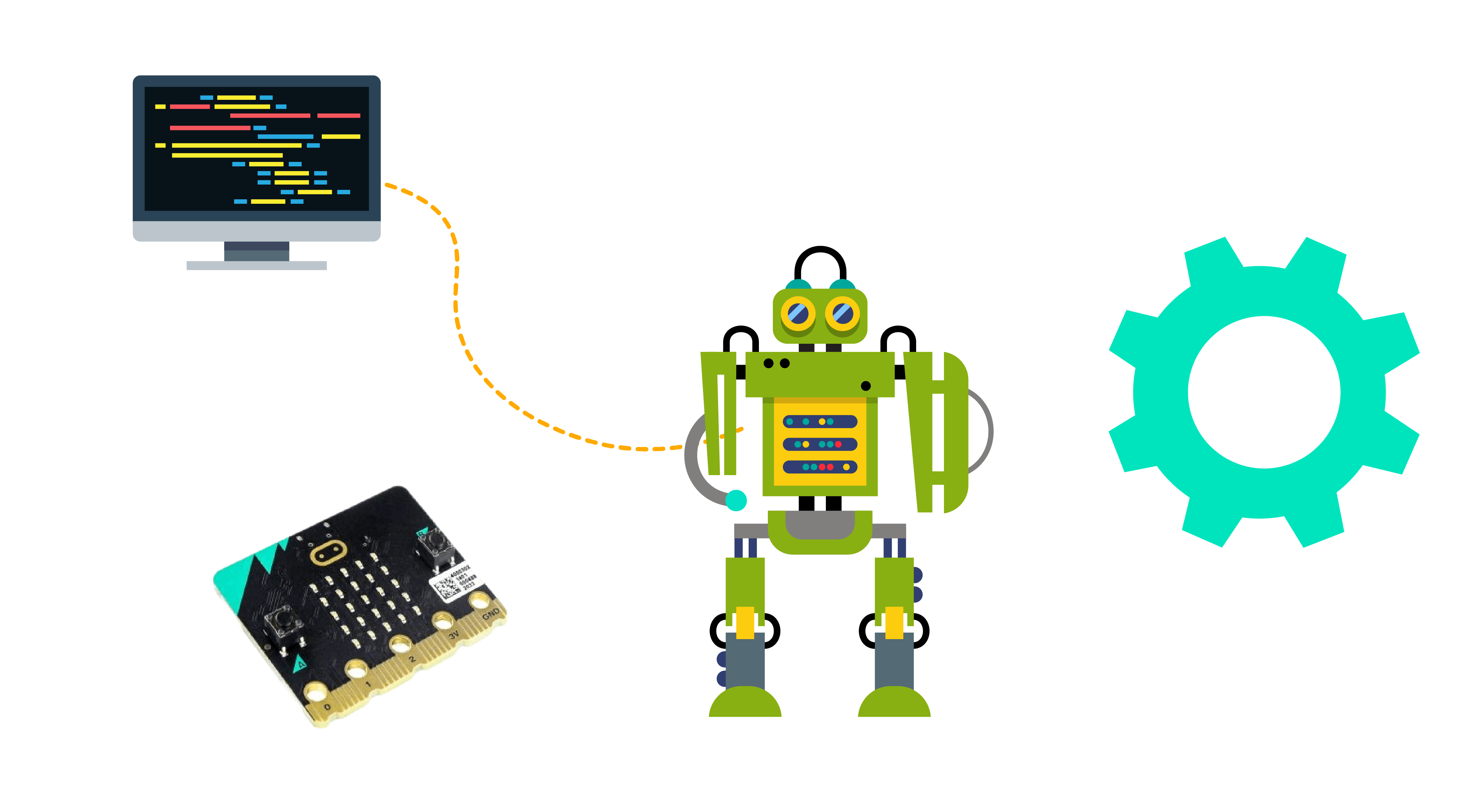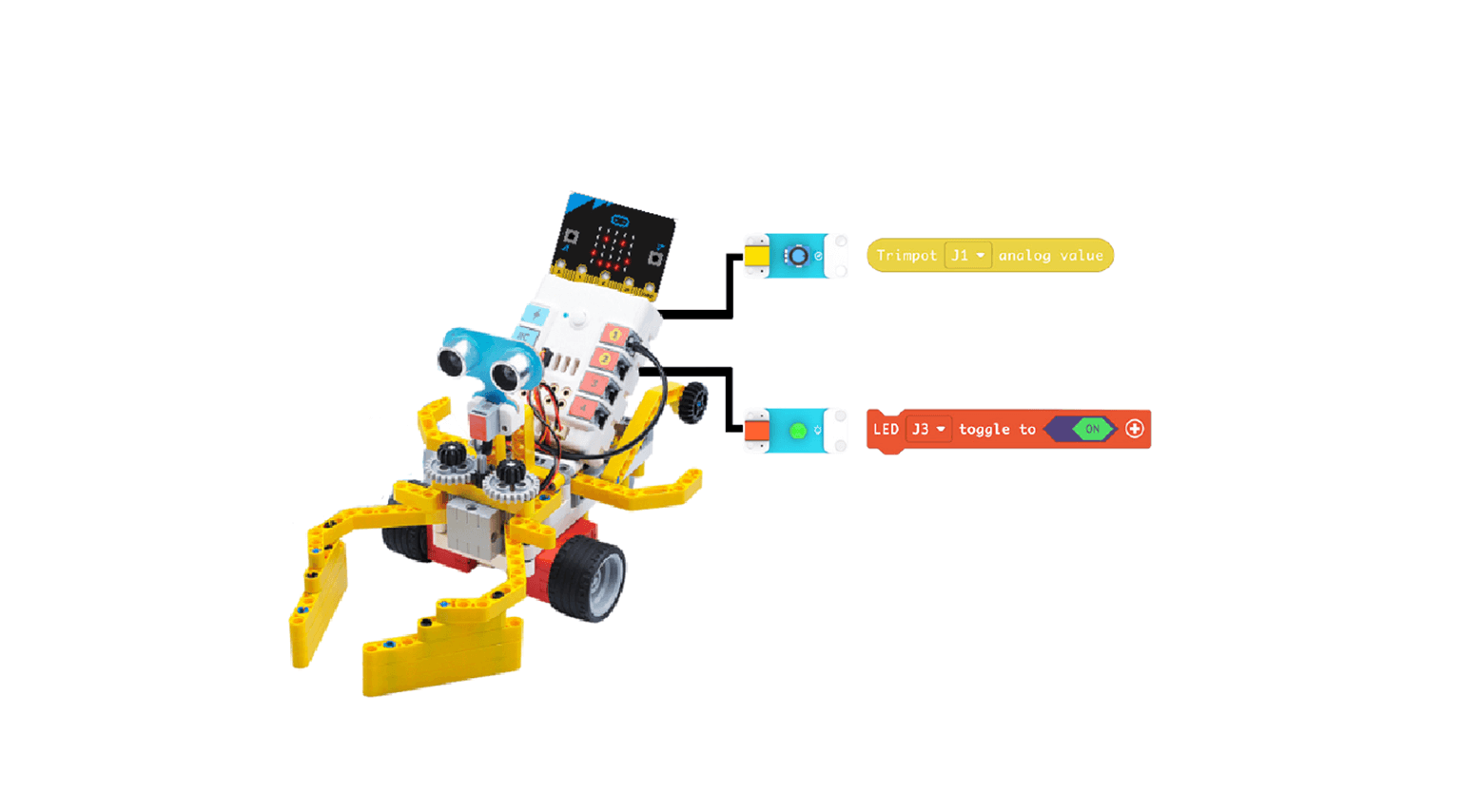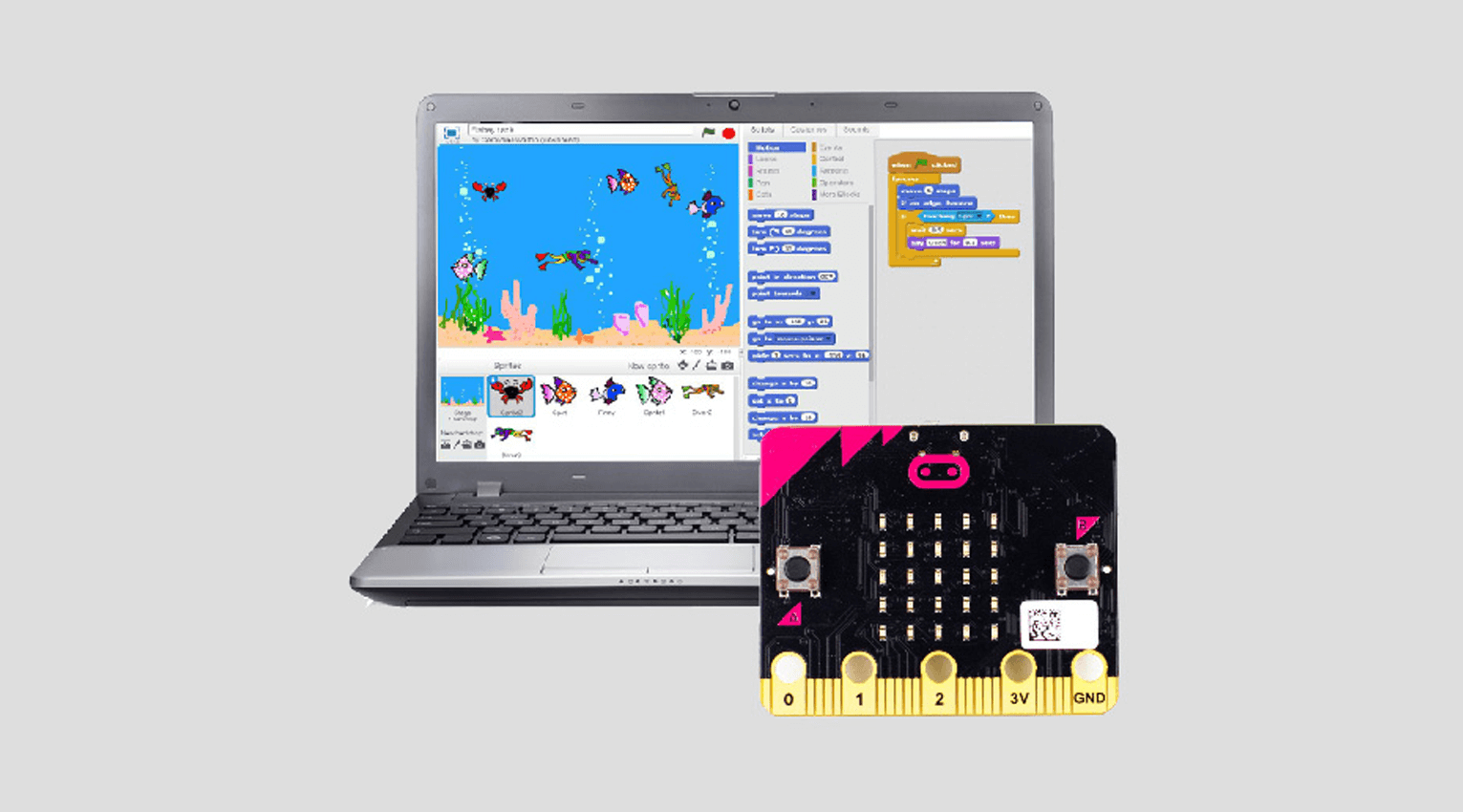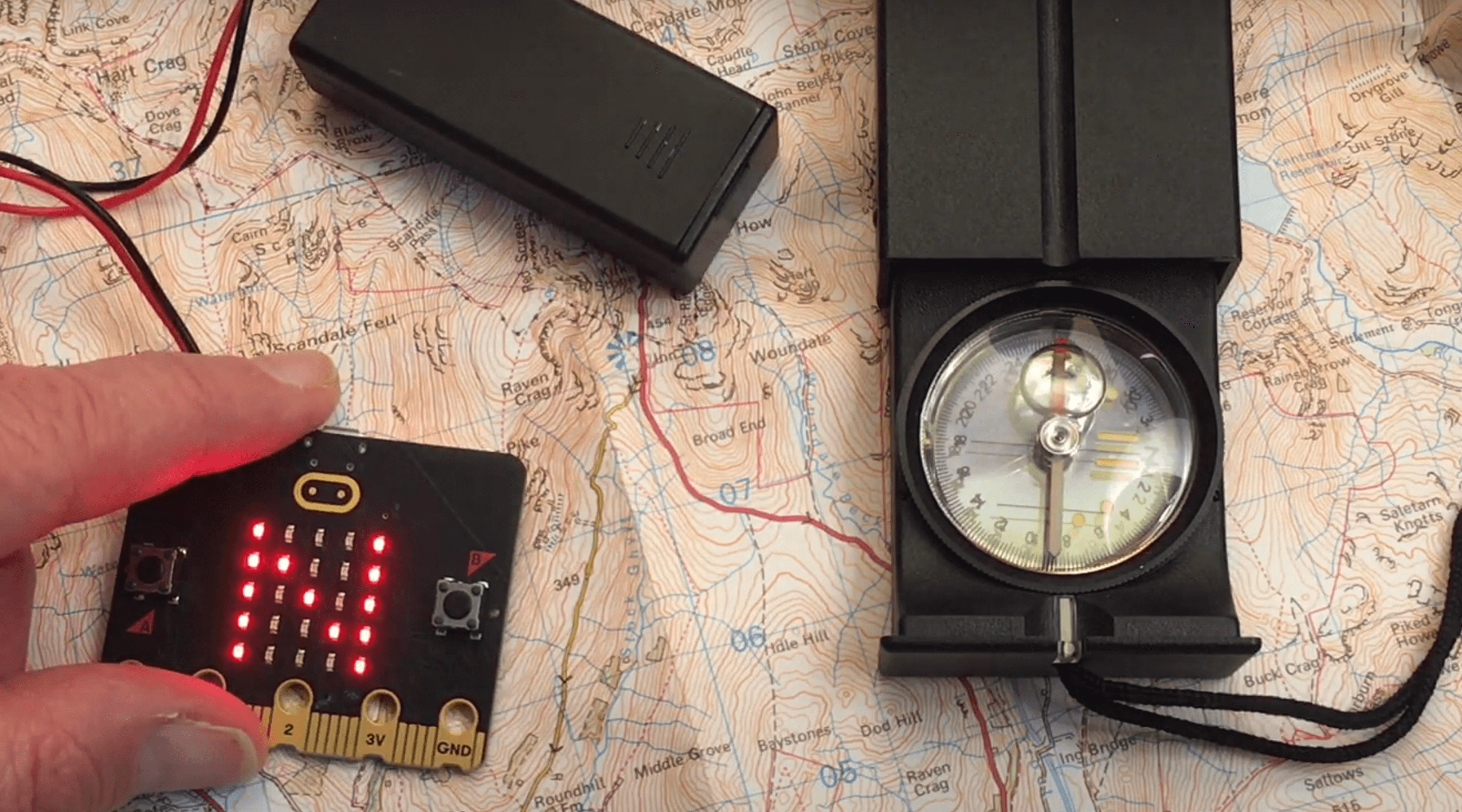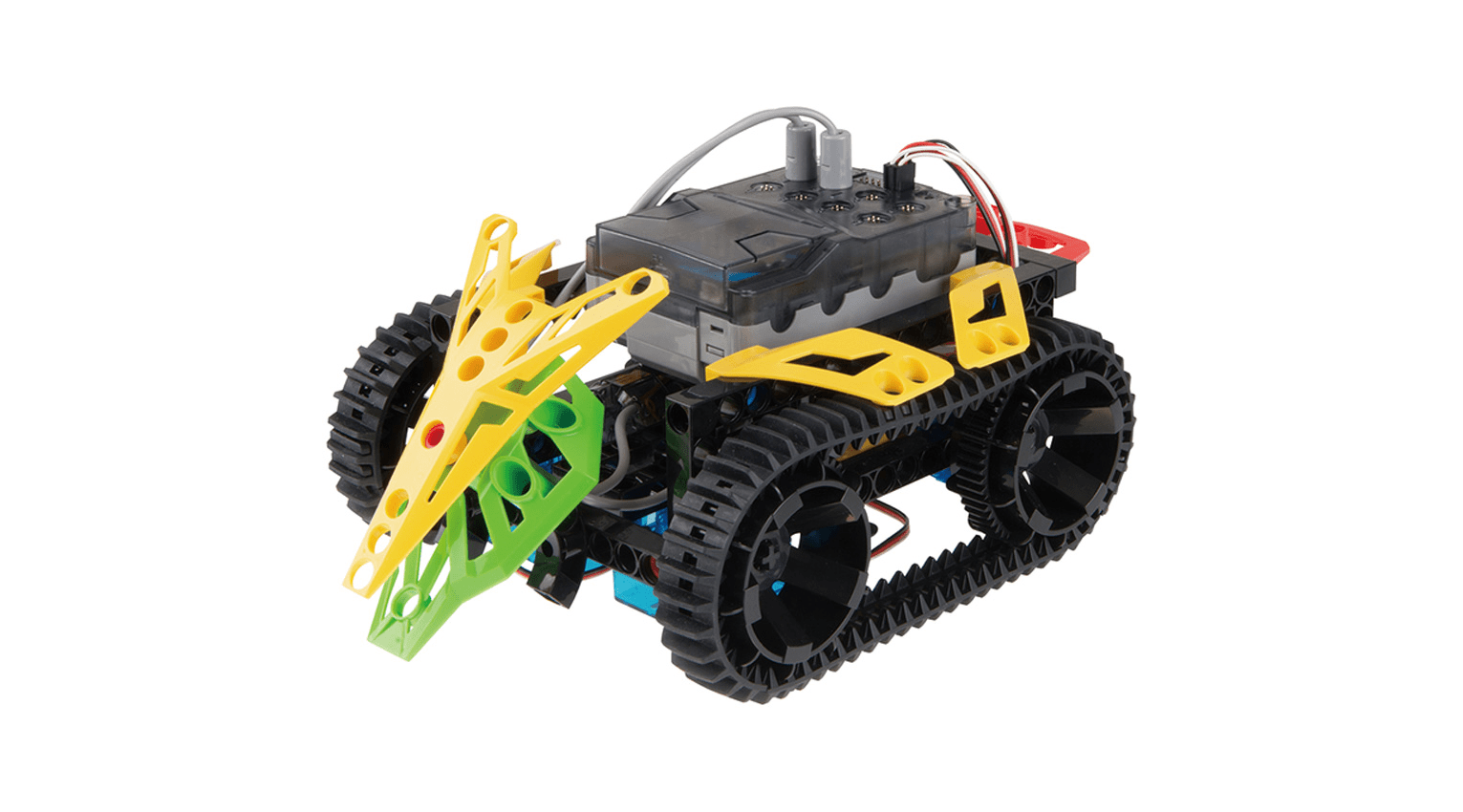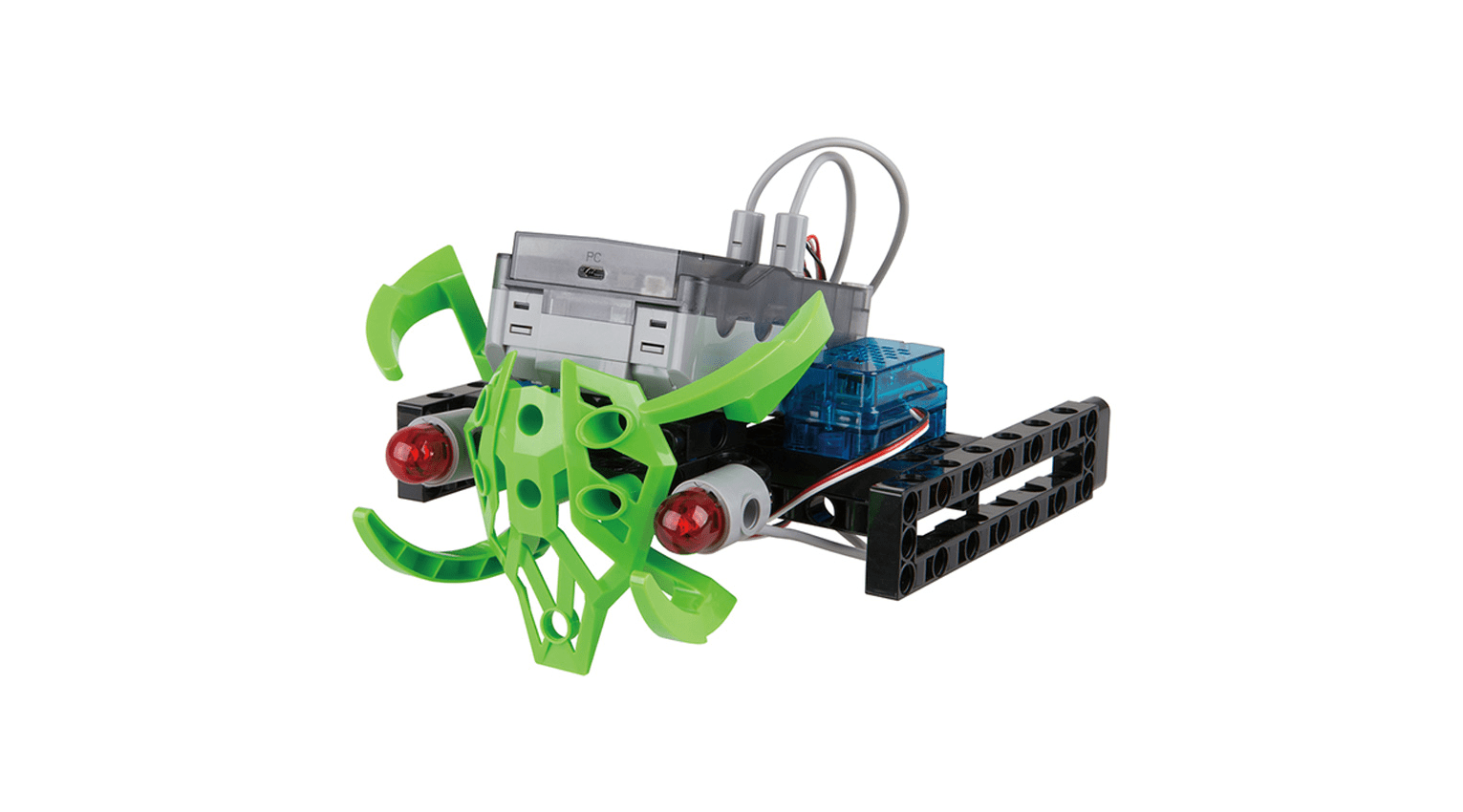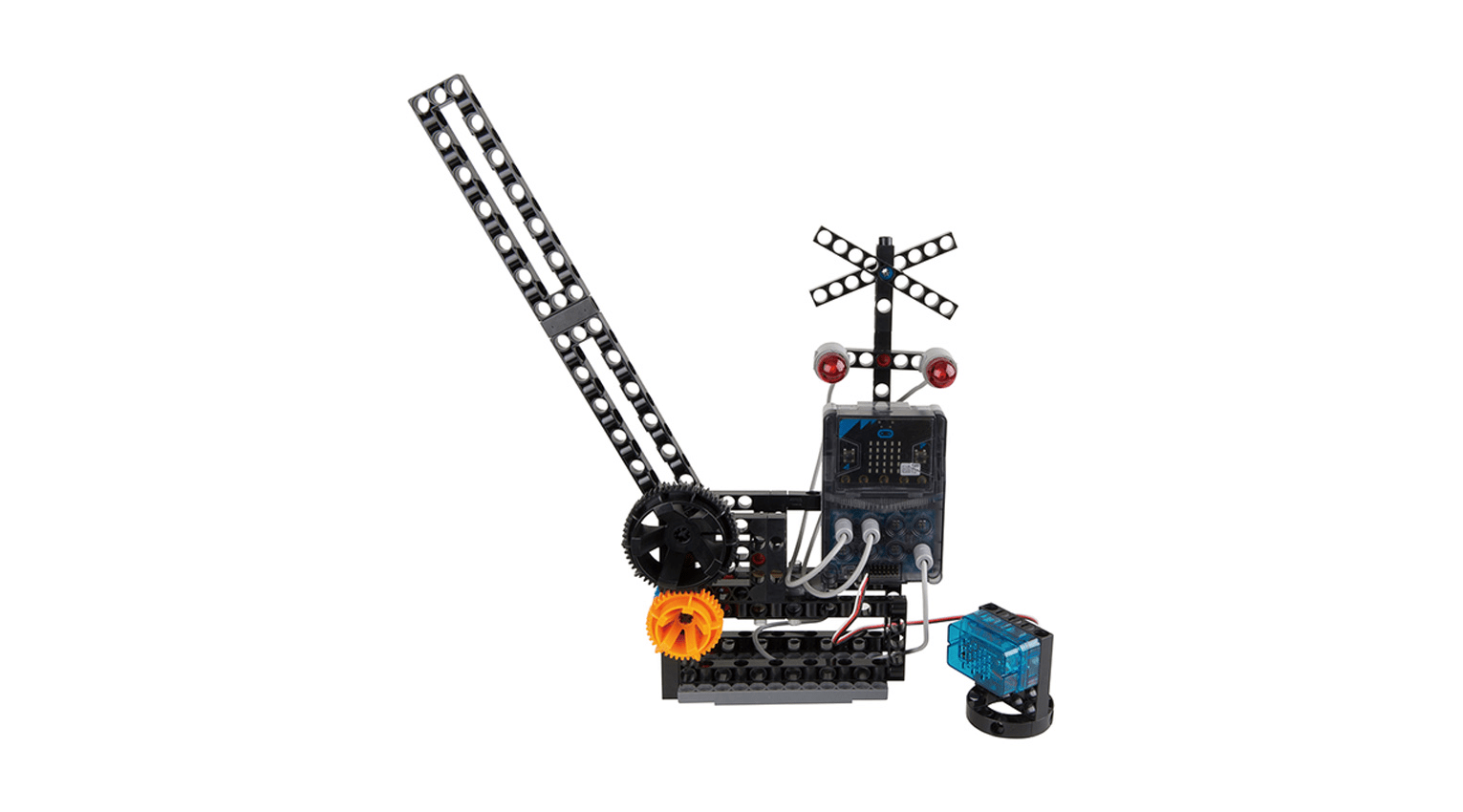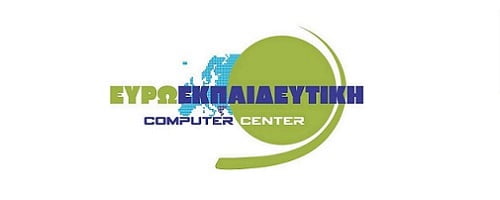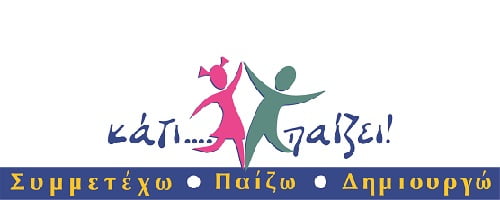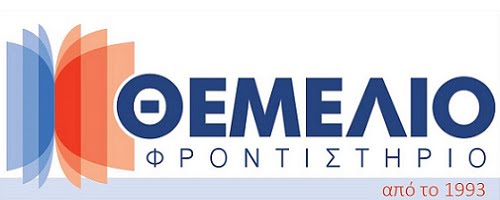STEM Education has designed comprehensive annual STEM & Educational Robotics Educational Programs.
The Educational Programs are accompanied by selected educational activities, worksheets, construction instructions and an instructor’s guide that cover the age range of your students from 05-15 years.
The Educational Programs are addressed to education professionals (Private Schools, Robotics Centers, Tutors, KDAP, etc.) who wish to invest in quality and integrate the experience and quality of our organization in their professional activity.
All training programs come with training for your teachers to teach at the Center and recommended equipment that can be purchased from our exclusive supplier.
We are by your side to support you with our experience. Stable partners, valuable allies.
Lilliputian Scientists
The educational program “Lilliputian Scientists” is designed for preschool students (4 and 5 years old). Children take their first steps into the world of Science, Technology and Engineering. Through playful activities children explore concepts and phenomena from the world around them, creating one or more constructions at a time. Through the unique stories that enrich each activity and keep their interest undiminished, little engineers are invited to look for solutions to specific problems.
Creative Engineers
The educational program “Creative Engineers” is designed for primary school students and enables them to transform into little scientists. By observing the world around them, children learn to wonder what happens in nature, how something works or what a device is for. Through collaboration, the young engineers utilize their skills, building simple models and experimentally learn the usefulness of the mechanisms (gears, pulleys, levers) they encounter in their environment.
Junior Engineers
With the Junior Engineers educational program, children are transformed into little scientists! As Young Engineers, kids begin their journey by playing and creating their first code algorithmically so that Sandwich (Kids First Coding) can successfully complete its mission.
Power Engineers
The “Power Engineers” educational program is a continuation of the “Junior Engineers” program. Armed with the right supplies, little engineers are ready to think like engineers and build complex machines in the direction of solving problems in the service of man. They will understand what an electrical circuit is, what current polarity is and what a switch is by moving specific structures. By using a tablet we give orders to our construction to perform specific actions and by using sensors we can build our first automations, so that our construction reacts to stimuli from the environment.
Automation Engineers
The educational program “Automation Engineers” is designed for 4th, 5th & 6th grade students. Students will first get to know the software program Scratch, they will consolidate concepts of Engineering, Physics and Mathematics while having fun. The activities they complete will entertain them, significantly deepen and show them the skills they need to acquire to support their future path in tomorrow’s society. With Scratch, students can discover and develop all their talents such as animation, gaming, etc. It is also ideal for students who wish to participate in Educational Robotics Competitions.
Elementary Robotics
In the Elementary Robotics curriculum, students design and configure their first fully autonomous robotic constructs in the natural world to fulfill exciting missions. They program robot compositions, leverage combinations of sensors and motors, and add intelligence to solve complex problems. The educational program is fully harmonized with the learning objectives of the Analytical Informatics Study Program.
Micro:bit Scratch
Through the educational program “Micro:bit Scratch” students 4th & 5th Grade and 1st High School students will understand basic programming concepts, get in touch with the concept of measuring physical quantities and physical changes, use electronic technology and mathematics to draw their first scientific conclusions. Through the interdisciplinary nature of the workshops, they will be able to read, design, and also build experimental devices with electronic circuits. Students will begin to understand the sensors used in everyday devices, as well as the programming algorithms behind them.
Microbit Scratch Building Robots
Through the educational program “Microbit Scratch Building Robots”, students of 5th & 6th Grade and High School will learn to build automation, control devices and more complex robotic devices using the Micro:bit microcontroller and various peripherals such as sensors and servos. At the same time, they will be taught the basic principles of Physics that refer to the physical quantities related to their constructions. In addition, they will learn the basic principles of mathematics and statistics applied to the collection, processing and utilization of the measurements they will take from these constructions.
SPIKE Prime
Το «SPIKE Prime» είναι ο ολοκαίνουριος τρόπος να ωθήσουμε τους μαθητές στην ενασχόληση με το STEAM και την εκπαιδευτική ρομποτική, βοηθώντας τους να αναπτύξουν την αυτοπεποίθησή τους μέσα από τη γνώση. Οι μαθητές ηλικίας 11-15 ετών γνωρίζουν το STEAM και την εκπαιδευτική ρομποτική, κατασκευάζοντας και προγραμματίζοντας διασκεδαστικά ρομπότ και έξυπνες συσκευές! Το SPIKE Prime ενισχύει την ανάπτυξη της κριτικής σκέψης των μαθητών καθώς και την επίλυση σύνθετων προβλημάτων μέσα από μια διασκεδαστική διαδικασία όπου μαθαίνουν μέσα απ’ το παιχνίδι.
EV3
Το πρόγραμμα «EV3» είναι σχεδιασμένο για τους μαθητές της Α’, Β’ & Γ’ Γυμνασίου. Η εμπλοκή στην ομαδική δραστηριότητα κατασκευής ενός λειτουργικά αυτόνομου και πολύπλοκου ρομπότ τους βοηθά να απελευθερώσουν τη δημιουργική δύναμή τους και παράλληλα να κατανοήσουν εμπειρικά τις έννοιες που κρύβονται πίσω από τα φυσικά μεγέθη με συναρπαστικό τρόπο. Ταυτόχρονα τα παιδιά προετοιμάζονται για να συμμετάσχουν, αν το θελήσουν, στον ετήσιο Πανελλήνιο Διαγωνισμό Εκπαιδευτικής Ρομποτικής WRO Hellas.
Our partners
They said about us
Το περιεχόμενο που μου παρείχε ο STEM Education μου έλυσε τα χέρια! Τα παιδιά κάνουν πρωτότυπες δραστηριότητες εκπαιδευτικής ρομποτικής που έχουν δημιουργήσει οι ειδικοί!
Βέρα Κ. – Ιδιοκτήτρια Φροντιστηρίου
Το κύρος και η αξιοπιστία του STEM Education ανανέωσε τα μαθήματα εκπαιδευτικής ρομποτικής και το ενδιαφέρον των μαθητών μου.
Χρήστος Μ. – Ιδιοκτήτης ΚΔΑΠ




